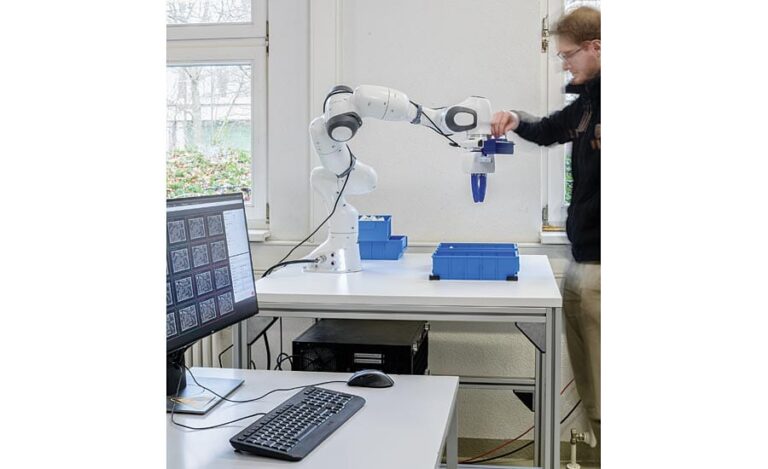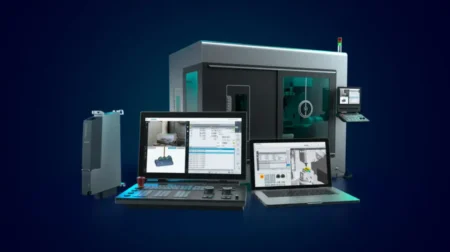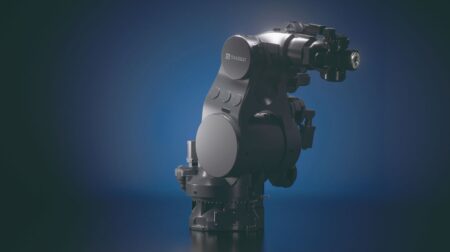The Institute for Intelligent Process Automation and Robotics of the Karlsruhe Institute of Technology (KIT) have looked at developing the Ensenso 3D camera that can help self-learning robots solve tasks.
The Robot Learning Group (ROLE) has been developing ideas for the robot, like it being able to pick up unknown objects from a container. An Ensenso N10 3D camera at the “head” of the robot provides the required image data.
The visual data for the robot is provided by an Ensenso 3D camera. It looks from above the container, which is filled randomly with objects.
“For a well-functioning system, we currently need about 20,000 gripping experiments, which corresponds to about 80 hours of training time on the robot,” described Lars Berscheid, researcher at KIT and part of the Robot Learning Group.
“Therefore, an essential task of our research is to reduce the number of necessary gripping attempts. The central scientific question here is therefore: Which grips have to be tried in order to gain as much information as possible as quickly as possible and thus shorten the training time,” mentioned Berscheid.
Transfer learning is also used. Also, the training of the robot works well without human intervention.
The robot learns to move objects autonomously in such a way that they can be taken better in the next step.
“While bin picking already works reliably with simple objects such as screws, there is still some research required to reach product maturity, especially for gripping more complex, unknown objects,” said Berscheid.
“However, the methods we develop are basic and flexible and can be used for different tasks.”
Self-learning systems are still a central topic within robotics research.
At KIT, research will continue to focus on two topics- how basic methods of learning can be improved and done rapidly, and which new applications could be automated better.
Another problem to deal with, is how the system deals with missing 3D data in the depth image.








